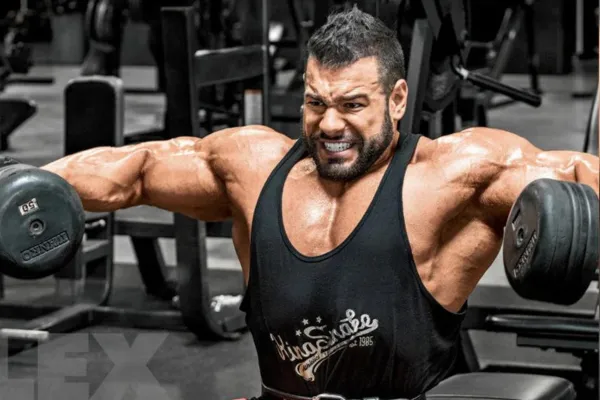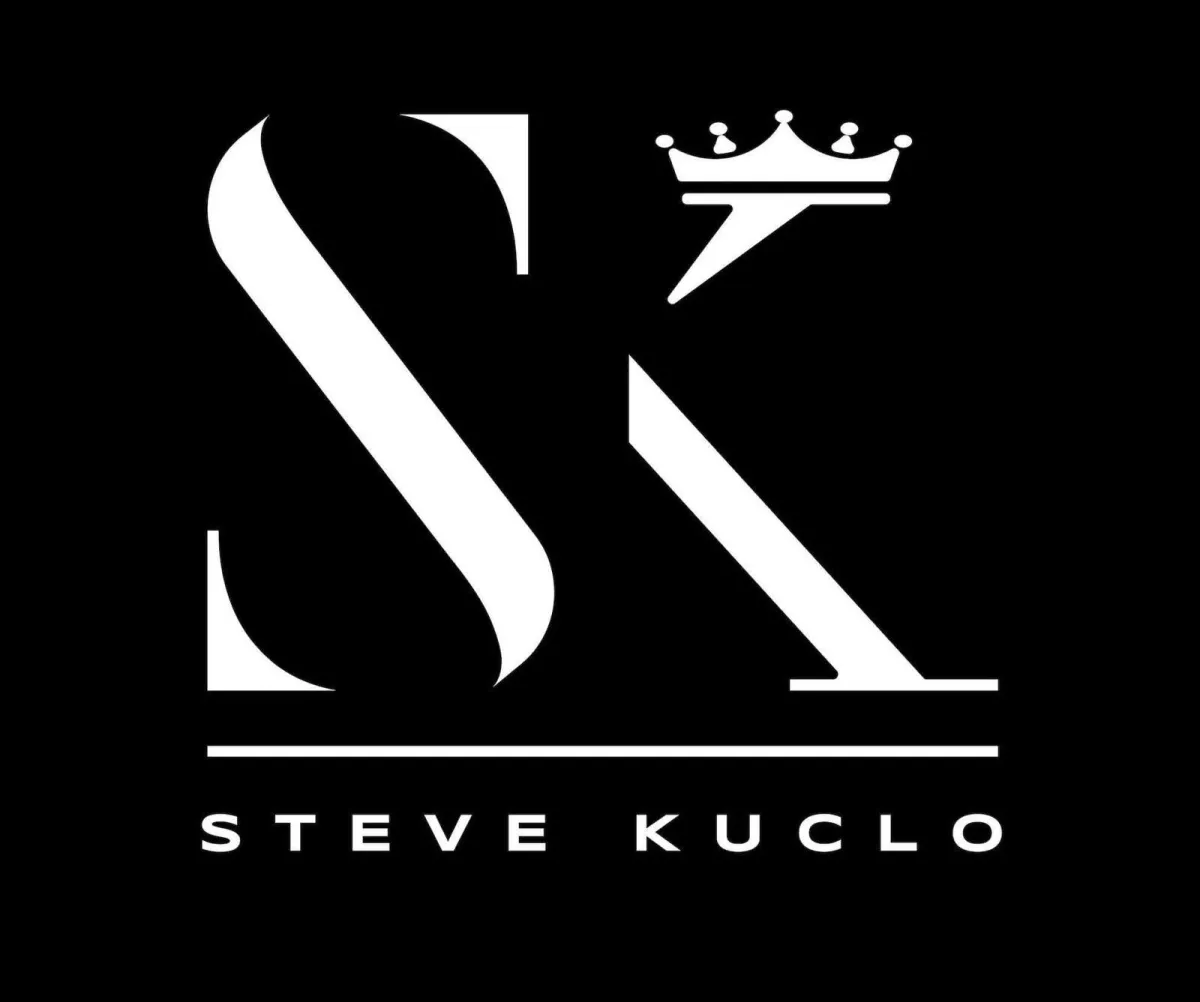
Training a Movement vs Training a Muscle
Training a Movement vs Training a Muscle
You ever notice how much different bodybuilders and powerlifters look? Even the powerlifters that are lean have a very different look than bodybuilders. As a general rule, powerlifters tend to have very large chests and backs, with (relatively) lacking extremities (arms and legs).
Why is that?
In my opinion it comes down to the important differentiation between training for a movement and training a muscle. When training a movement, all you’re worried about is lifting more weight in that movement—regardless of what muscles get worked. When training a muscle, you use the movement to place stress on the muscle being worked.
But, if we know that heavy weights and progressive overload build larger muscles, then why aren’t powerlifters winning Mr. Olympia?
That’s because of the natural of which muscles are most mechanically advantageous in a particular movement.
Take the bench press for example:
The bench press involves the chest, anterior deltoids, and triceps as primary movers. The largest and most powerful of those three muscles is the pectorals. In this case, performing the bench press with the sole intent of moving the most amount of weight possible is, by default, going to place the largest workload on the pecs.
Certainly workload is distributed to the shoulders, triceps, and even other assisting muscles like those of the upper back and even the legs when incorporating leg drive—but if you want to move the most weight in that movement, the largest load will be placed on the largest most mechanically advantageous muscle group—the pecs.
This is why an instance of training a movement (bench press) builds large pec muscles—utilizing any other muscle as prime mover will result in less maximum weight being lifted.
Now, let’s look at the deadlift:
Any form of deadlift that uses maximum weight lifted will place the heaviest workload on the erectors and trapezius. Certainly other muscle groups come into play in a deadlift (hamstrings, glutes, other muscles of the back, and many other supporting muscles), but since the erectors and traps are both larger and in a more mechanically advantageous position to be prime movers in the deadlift, placing any other muscle as prime mover will result in less weight being lifted.
You can try to make the hamstrings a prime mover—and there are variations of the deadlift that allow this (RDLs, stiff leg deadlits, etc), but you will never find a world record deadlift done in the form of an RDL….and the reason is the muscles that are prime movers in that movement are not the ones that allow the most weight to be lifted from the floor to a standing position.
This is another instance where training a movement (deadlift) builds large erectors and traps—because utilizing any other muscle as prime mover will result in less maximum weight being lifted.
Now, let’s look at the squat:
Clearly the squat is a leg movement, and many bodybuilding leg routines treat it as main component and quadricep movement. However—let’s look at the form of squat required to place maximum stress on the quadriceps. This form will typically be with the bar high on the traps, with a relatively close stance, and with knees traveling forward over the toes. Now—when training a movement where the goal is to move the maximum weight from standing, to hips parallel with the knees, and back to standing, the form that allows the most weight to be lifted in this movement is one where the largest muscles are placed in the most mechanically advantageous position. In this case—due to the large number of muscles activated in the squat, the most mechanically advantageous position is one where multiple large muscles are co-prime movers. That is, the glutes, quads, hamstrings, erectors, adductors, and other supporting muscles are positioned such that the workload is spread as evenly as possible across the multiple large muscles (primarily a relatively proportional distribution between the quads, glutes, and adductors). In this case, training a movement (squats) does not produce the largest quadriceps—because the form that allows the most weight to be lifted in that movement spreads a large percentage of workload from the quads and onto the glutes, adductors, and supporting muscles.
This is where progressive overload becomes muddled and distorted by many trainees. When the focus of progressive overload is placed solely on the amount of weight lifted in a movement, rather than progressively overloading the workload on a particular muscle, there are some movements where getting stronger will directly correlate to greater workload on the intended muscle….and some movements where getting stronger in a movement will actually DECREASE the workload on the intended muscle. The difference in body types between bodybuilders and powerlifters is a prime example of this case.
We will cover more on the topic of progressive overload and “power bodybuilding” in future blog posts.

Training a Movement vs Training a Muscle
Training a Movement vs Training a Muscle
You ever notice how much different bodybuilders and powerlifters look? Even the powerlifters that are lean have a very different look than bodybuilders. As a general rule, powerlifters tend to have very large chests and backs, with (relatively) lacking extremities (arms and legs).
Why is that?
In my opinion it comes down to the important differentiation between training for a movement and training a muscle. When training a movement, all you’re worried about is lifting more weight in that movement—regardless of what muscles get worked. When training a muscle, you use the movement to place stress on the muscle being worked.
But, if we know that heavy weights and progressive overload build larger muscles, then why aren’t powerlifters winning Mr. Olympia?
That’s because of the natural of which muscles are most mechanically advantageous in a particular movement.
Take the bench press for example:
The bench press involves the chest, anterior deltoids, and triceps as primary movers. The largest and most powerful of those three muscles is the pectorals. In this case, performing the bench press with the sole intent of moving the most amount of weight possible is, by default, going to place the largest workload on the pecs.
Certainly workload is distributed to the shoulders, triceps, and even other assisting muscles like those of the upper back and even the legs when incorporating leg drive—but if you want to move the most weight in that movement, the largest load will be placed on the largest most mechanically advantageous muscle group—the pecs.
This is why an instance of training a movement (bench press) builds large pec muscles—utilizing any other muscle as prime mover will result in less maximum weight being lifted.
Now, let’s look at the deadlift:
Any form of deadlift that uses maximum weight lifted will place the heaviest workload on the erectors and trapezius. Certainly other muscle groups come into play in a deadlift (hamstrings, glutes, other muscles of the back, and many other supporting muscles), but since the erectors and traps are both larger and in a more mechanically advantageous position to be prime movers in the deadlift, placing any other muscle as prime mover will result in less weight being lifted.
You can try to make the hamstrings a prime mover—and there are variations of the deadlift that allow this (RDLs, stiff leg deadlits, etc), but you will never find a world record deadlift done in the form of an RDL….and the reason is the muscles that are prime movers in that movement are not the ones that allow the most weight to be lifted from the floor to a standing position.
This is another instance where training a movement (deadlift) builds large erectors and traps—because utilizing any other muscle as prime mover will result in less maximum weight being lifted.
Now, let’s look at the squat:
Clearly the squat is a leg movement, and many bodybuilding leg routines treat it as main component and quadricep movement. However—let’s look at the form of squat required to place maximum stress on the quadriceps. This form will typically be with the bar high on the traps, with a relatively close stance, and with knees traveling forward over the toes. Now—when training a movement where the goal is to move the maximum weight from standing, to hips parallel with the knees, and back to standing, the form that allows the most weight to be lifted in this movement is one where the largest muscles are placed in the most mechanically advantageous position. In this case—due to the large number of muscles activated in the squat, the most mechanically advantageous position is one where multiple large muscles are co-prime movers. That is, the glutes, quads, hamstrings, erectors, adductors, and other supporting muscles are positioned such that the workload is spread as evenly as possible across the multiple large muscles (primarily a relatively proportional distribution between the quads, glutes, and adductors). In this case, training a movement (squats) does not produce the largest quadriceps—because the form that allows the most weight to be lifted in that movement spreads a large percentage of workload from the quads and onto the glutes, adductors, and supporting muscles.
This is where progressive overload becomes muddled and distorted by many trainees. When the focus of progressive overload is placed solely on the amount of weight lifted in a movement, rather than progressively overloading the workload on a particular muscle, there are some movements where getting stronger will directly correlate to greater workload on the intended muscle….and some movements where getting stronger in a movement will actually DECREASE the workload on the intended muscle. The difference in body types between bodybuilders and powerlifters is a prime example of this case.
We will cover more on the topic of progressive overload and “power bodybuilding” in future blog posts.
Upgraded Human News
Subscribe to our email list and be the first to hear about exclusive offers and updates.

